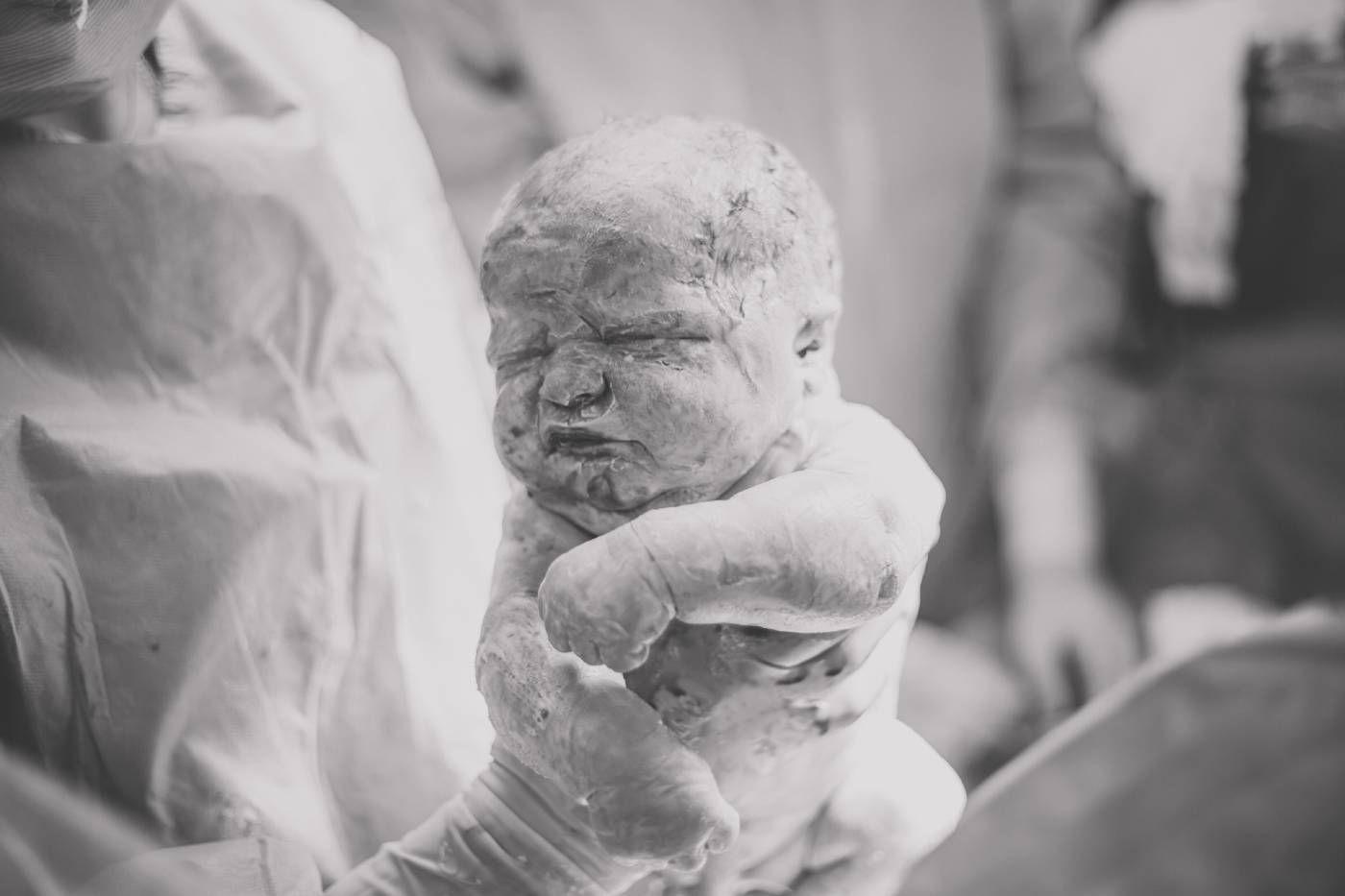BABY
Vernix: Rub It in or Wash It Off?
What to know about this cream-cheese-like substance that coats babies at birth.

Written by
Dr. Harvey Karp

SHARE THIS ARTICLE
PARENT PICKS
Bestsellers
BABY

Written by
Dr. Harvey Karp

SHARE THIS ARTICLE
Bestsellers
In the movies, babies seem to emerge from the womb looking pink and squeaky clean…but the reality is sometimes a little bit messier. Many babies enter the world with bits of a thick, white substance, known as vernix caseosa, covering their skin or hiding in their deep folds.
This name is Latin, vernix meaning 'varnish' and caseosa meaning 'cheesy.' In the last few months of pregnancy, babies have vernix slathered in their bodies like cream cheese on a bagel. Then, it gradually disappears as your due date approaches. So, you can see lots of it on a premature baby, but full-term babies usually just have little bits hidden in the folds of the neck behind the ear, armpit, labia, under the foreskin, etc.
Vernix is a protective coating that forms on baby’s skin in utero. It is a thick, greasy substance made of water, fatty acids, and proteins, and it creates a moisturising barrier for your baby’s skin. After all, being surrounded by amniotic fluid is a little like living in a swimming pool! The vernix protects and hydrates Baby’s delicate skin so that it does not chap or wrinkle.
But vernix is more than just a moisturiser—it plays many important roles during gestation, birth and even afterwards. A bit of it globs into the ear canal, too, and may even protect the baby from loud noises. (One more interesting fact about vernix—only humans and sea lions make it!)
Though your first impulse may be to clean this goop off ASAP, many parents instead rub the vernix into the skin and hold off the first sponge bath for a few hours (up to a day) to let the vernix continue its important job. In fact, the World Health Organisation recommends leaving the vernix on the skin for at least 6 hours and preferably 24 hours to give your baby its full benefit.
After a day or so, the vernix often starts to get a little smelly and you will want to do a little soapy sponge bath to clean off any bacteria starting to collect on your little baby’s delicate skin. You may need to use a moistened cotton swab to remove the thicker layer of vernix deposited deep in your baby’s skin folds. Do not stress over getting it all out right away…it often takes three to five days to remove it, bit by bit.
There is one case in which vernix should be washed off right away, and that is if it has become mixed with meconium, aka Baby’s first poop. In that event, it may be safer to wash away the vernix to prevent baby from getting it on the hands and eating the meconium.
So, while your little one will not arrive as camera-ready as those babies in the movies, you can rest assured that the yucky-looking stuff coating their skin actually serves a pretty sweet purpose.
Disclaimer: The information on our site is NOT medical advice for any specific person or condition. It is only meant as general information. If you have any medical questions and concerns about your child or yourself, please contact your health provider. Breastmilk is the best source of nutrition for babies. It is important that, in preparation for and during breastfeeding, mothers eat a healthy, balanced diet. Combined breast- and bottle-feeding in the first weeks of life may reduce the supply of a mother's breastmilk and reversing the decision not to breastfeed is difficult. If you do decide to use infant formula, you should follow instructions carefully.